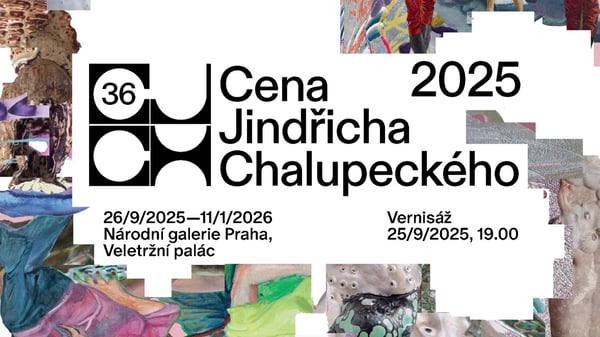Arnis Balcus talks about his life as a Latvian photographer. Currently he sees himself as a street photographer, who walks around his home town as if he were a tourist, taking photographs of everything he finds of interest. It could be anything or anyone, from an old lady street cleaner to post offices. He especially likes to take pictures of cars, because they are a good object to indicate the time period of which a photo has been taken. Further on in the interview he makes the observation that this interview will be time tagged, meaning there will be a lot of visual things that are related to that specific time, so when someone is watching this video in 10 years time they are aware they are watching the past.
“Myself, Friends, Lovers and Others” (2000-2004) is a series of work created by Balcus. At the time, snap shot photography was becoming very popular, and this influenced Balcus’s style of photography. He started to play around with the camera, not just capturing himself, but the people he met, his community and friends. During this time Latvia had entered the European Union, and there were art galleries in the West that had no information about the Latvian art world, or what was going on in the country or how the everyday Latvian people lived. Balcus decided to take pictures that represented his community, showing an international audience an idea of what the Latvian youth scene was like at that time.
Taking photos is Balcus’s personal way of dealing with reality. He lived in London for 5 years, and admits that in the beginning he hated his home country, and that’s why he lived longer than he intended to in London. However, his time away from Latvia gave him the distance he needed to realise what was interesting back home.
Balcus is the man behind FK Magazine, which is the only Latvian art photography magazine. Once a year it compiles a yearbook that aims to show the best projects of that year. Balcus calls it a propaganda product, as it works to promote Latvian photography. While he is travelling and meeting lots of foreign curators and photographers, the magazine is a good way of promoting, as he has something tangible to give them. This will be the second year they do the yearbook and Balcus is slightly worried, as he is unsure how he will fill the pages of the book.
www.fkmagazine.lv is a website that is partly educational. It shows people what is going on in the international art scene, as well as focusing on promoting Latvian photography. The website covers exhibitions by photographers that would probably not be shown in their portfolios, because their work does not fulfil the portfolio’s artistic direction, which is based in documentary photography.
Balcus admits that the photographs that form Amnesia (2008-) are composed, but he would still define them as documentary photography, because it tells the artist’s personal history and to some extent Latvia’s history. In terms of subject, Balcus is doing almost the same as he was doing then, except that the photography now fills the gap of Latvian history’s visual vacuum. He is showing life from 80s and 90s. This kind of photography does not tell you much about what was going on in the 90s, but by it looks weird to present-day audiences, it is already history.
“Latvian Notes” (2007-) consists of photographs capturing the mundane, daily setting. Once this setting is captured and displayed, viewers will begin to distance themselves from this image of the everyday, and thus become aware of the strange, interesting, and beautiful qualities that possess the everyday.
Balcus became a photographer at a young age. Then, he thought he should always construct or stage something, to look for different characters, to try and complicate the subject or make it technically difficult. Nowadays he has gone back to basics, taking just a camera and capturing things that are already there. He predicts that in ten to twenty years from now his pictures will have another dimension to them; he concludes that this is the legacy of our time.
By Emily Naine





